After camping in Apati for two days, we got the news that the route to the exotic Dard village had been closed due to a bridge getting washed away in flash floods. Though slightly disappointed, we decided to take this setback in our stride and early next morning, we were on the road again, to the longest one day leg of our journey which would take us to Leh !
There was a minor road accident on the Batalik road leading to a traffic jam and that ate some of our time in the beginning. The journey post this obstruction was largely uneventful and slowly and steadily we proceeded towards the target.
Mulbek
The highway from Kargil slowly climbed along the river Suru, caressing Wakha and took us to Mulbek. Located at the confluence of the Muslim and Buddhist cultures, Mulbek is famous for the 2nd Century rock statue of Maitreya Buddha; similar to the one we saw in Apati.
The first sight of colourful Buddhist prayer flags at Mulbek indicted that we have arrived in Ladakh. There was a dramatic change in the landscape hereafter as we proceeded on the Skardu Road towards the Indus valley. It started getting barren but for sparse yellowish vegetation on the mountains. There was hardly a sign of life along the route as the climate and terrain in this area can hardly sustain a human settlement. Nevertheless, this drive through one of the most desolate regions of the world has its own charm, through some of the most fascinating scenery.
Photos: Flags at Mulbek and beautiful views along the road
Namikala
Namikala was the first of the two mountain passes we were to cross on our way today. At the highest altitude of 12,139 feet, Namikala is also known as Pillar of the Sky pass and provides some breathtaking views.
Barren mountains and rocky outcrops with snow covered peaks form a striking image against the backdrop of clear blue skies with sparse clouds floating in interesting formations, and the panorama makes for stunning photographs on a clear day. We stopped here for a cup of tea from the Taurus kitchen, took photographs and chatted up two bikers who were coming from Leh.
Fotu La
We started making our ascent to Fotu La, a high mountain pass in the Zaskar range. This pass surpasses Zoji La and at a maximum elevation of 13478 feet, it is the highest point on the Sri Nagar – Leh Highway.
Fotu La has a view point which offers an excellent view of the jagged snow clad peaks of the Himalaya-Zaskar range. As I climbed the few steps to the view point, my lungs could feel the pressure of the high altitude, the air was very rare and even the slightest of activity would cause breathlessness.
The descent from Fotu La is drastic and a few kilometers from the pass, we had a glimpse of our first great monastery in Ladakh – Lamayaru …
Lamayuru
According to Drikung legends, Mahasiddha Naropa in 10th Century AD caused a huge lake to dry up by splitting the hill side. He then decided to establish a temple at a site within the dried up lake where the body of a dead lion was found. Thus came into existence the Singhe Ghang temple, the first at Lamayuru.
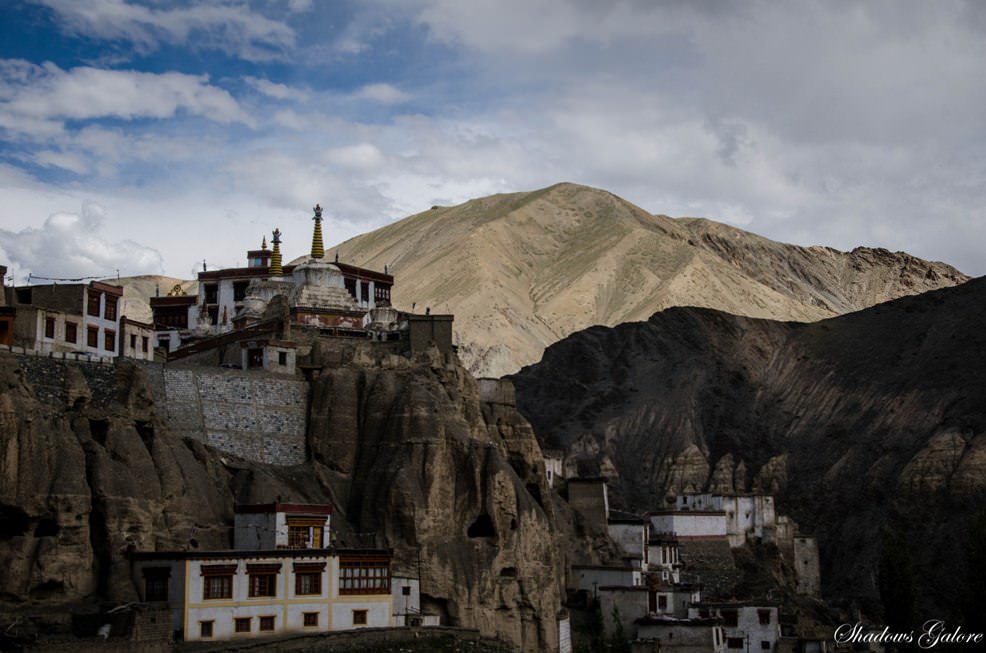
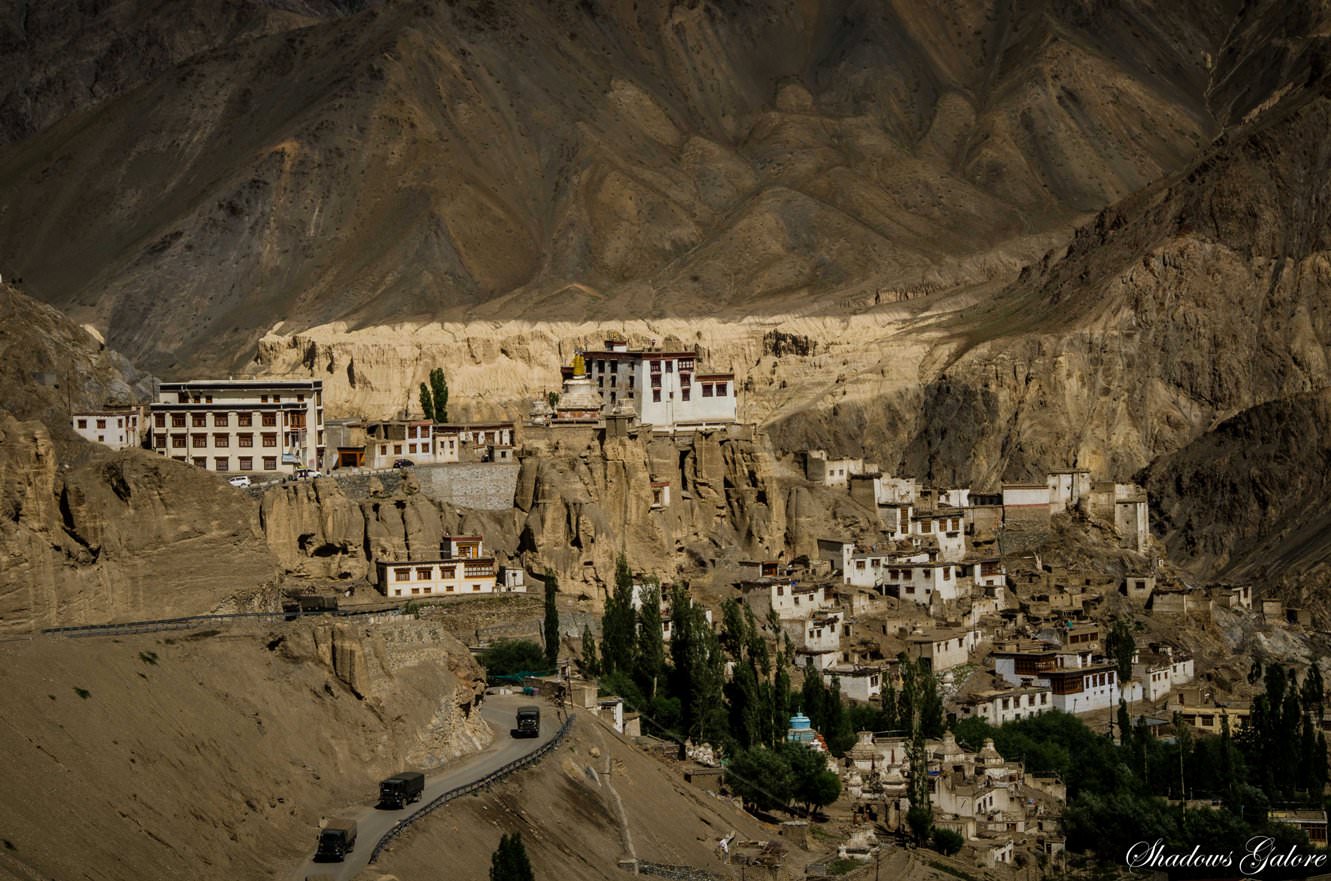
As we started descending from Fotu La, we caught the first glimpse of the white walls of Lamayuru Gompa (monastery) at a distance. About 15 km from Fotu La, it is located bang on the highway sits prettily in middle of a picturesque landscape. It happens to be one of the oldest monasteries in the region and serves as the epicentre of the Drikung school of Buddhism. It used to house up to 400 lamas at a time, however now only 30-40 reside here while many others are distributed among other monasteries affiliated to it.
We stopped Taurus by the road side next to the monastery. While Captain got busy in preparing another round of Kahwa, we strolled up towards the entrance, passing shops selling Ladakhi and Tibetan curios and some houses. It was my first visit to a Buddhist monastery in the Himalayas and needless to say, I was quite excited about it.
Lamayuru originally consisted of five buildings, out of which only the Central ones remains now. Notwithstanding the ravages of time, the building is not only impressive in its appearance but also displays its antiquity on its sleeves by its ability to transport one back into time.
The Dukhang (Assembly Hall) was a richly decorated affair with rows of antique manuscripts and artifacts from the distant past. The walls were adorned with Thanka paintings depicting the various tales from the life of Bodhisattva and statues of Amitabha, Padme Sambhava and Buddha Sakyamuni. There is an anteroom which is a temple of sorts devoted to the guardian deities of the Gompa. The front wall of the Dukhang is adorned with the portraits of the four Kings of the cardinal directions who sit inside the innermost ring around Mount Sumeru and protect the Buddha.
We spent around 1 hour at Lamayuru and proceeded towards Leh. The rest of the journey was uneventful. Weather had started turning bad again and so it was important to reach Leh before it started raining again.
It was dark by the time we reached Leh. Even though the clouds were heavy, it did not rain much and just drizzled. To retire for the night, we had parked Taurus straight at the base of the most important attraction of the next day – Thikse …

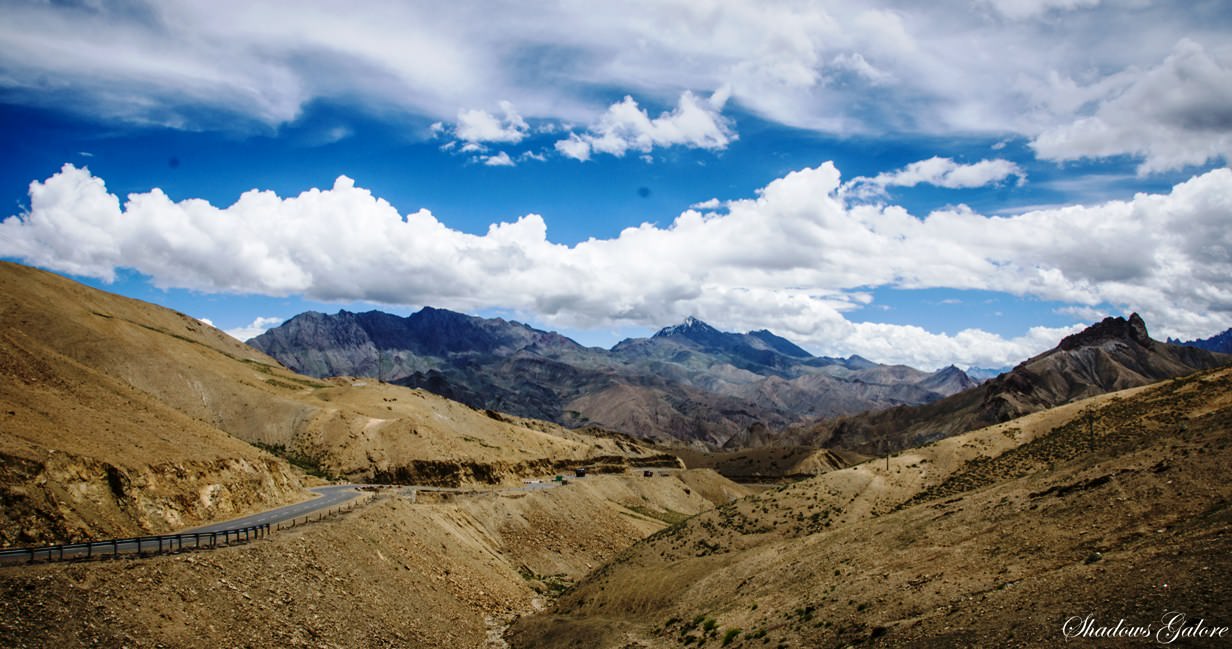
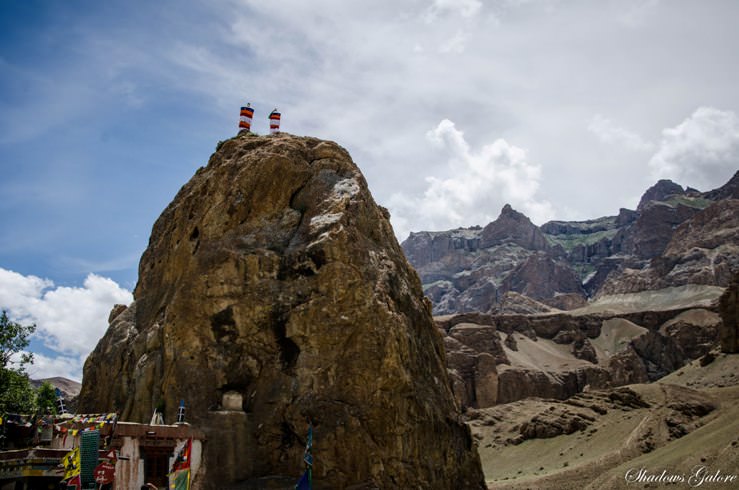
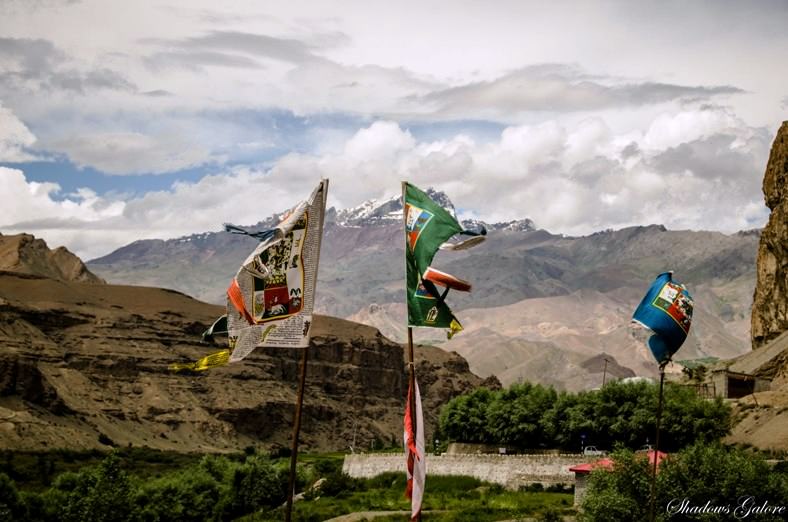
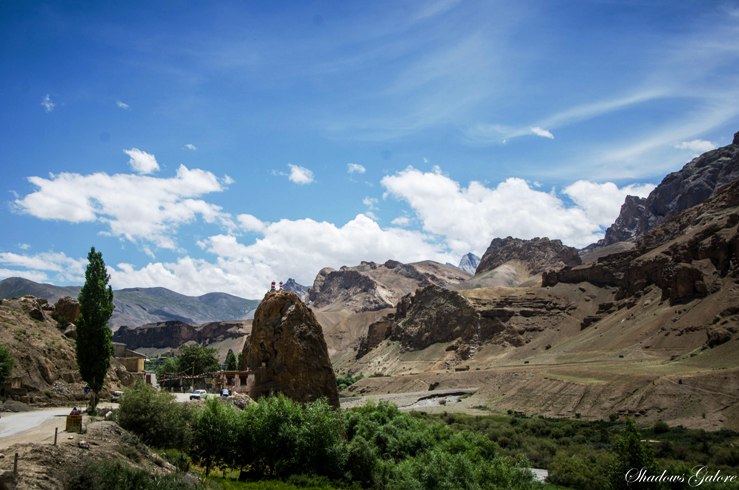
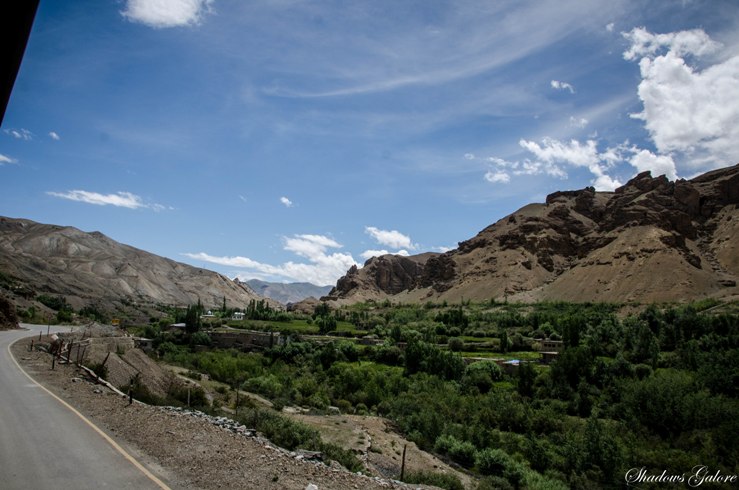
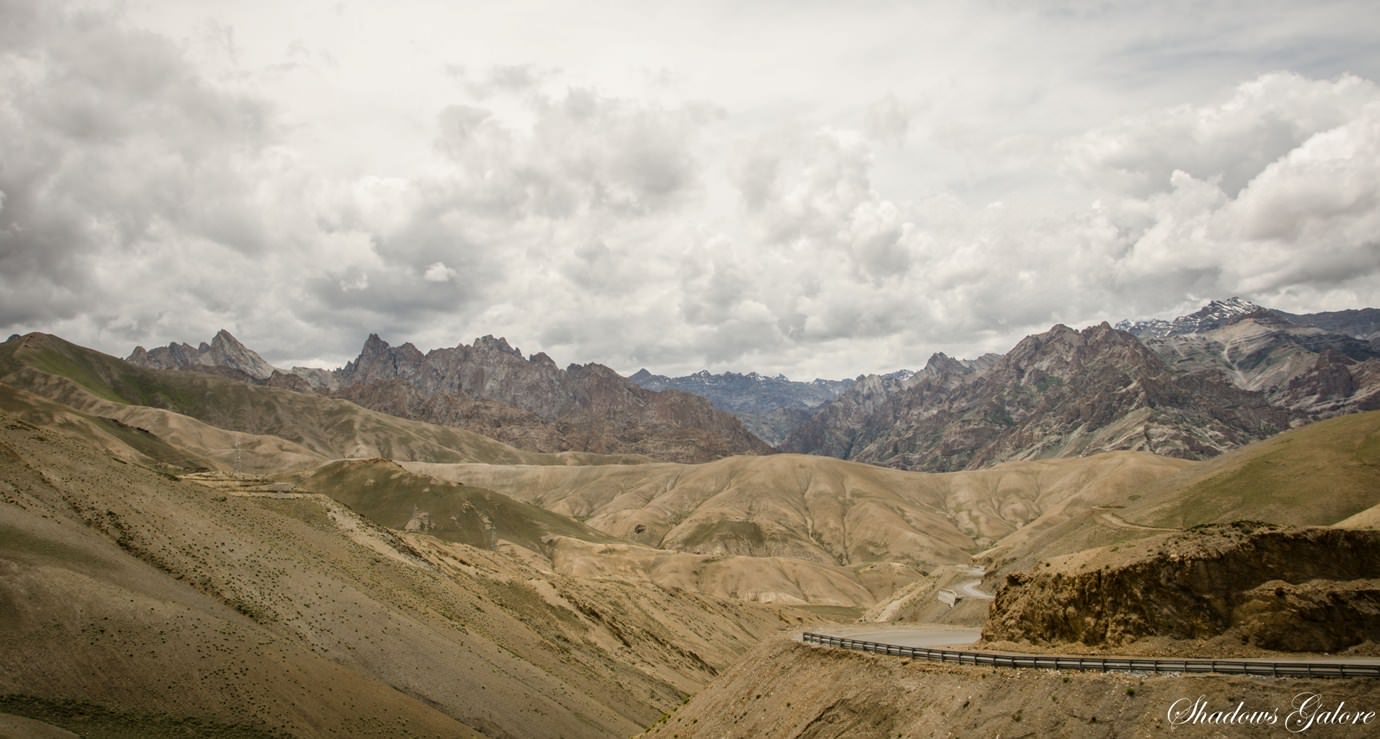
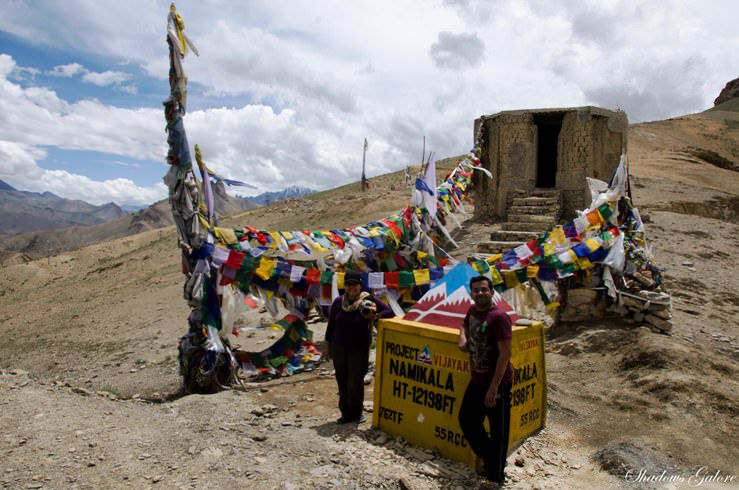
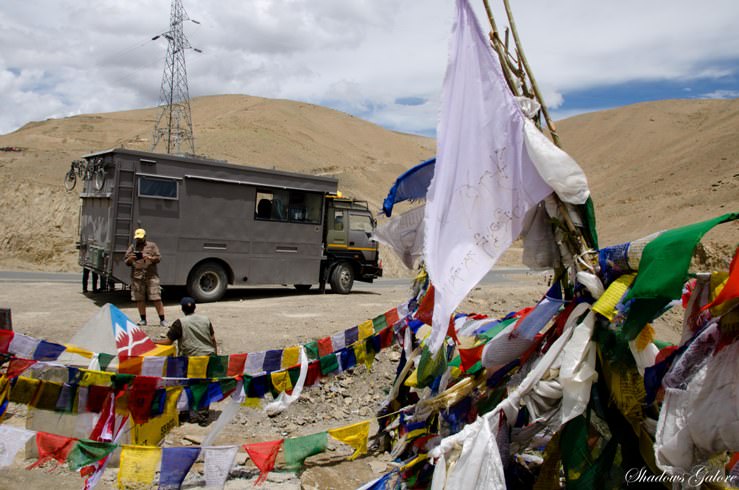
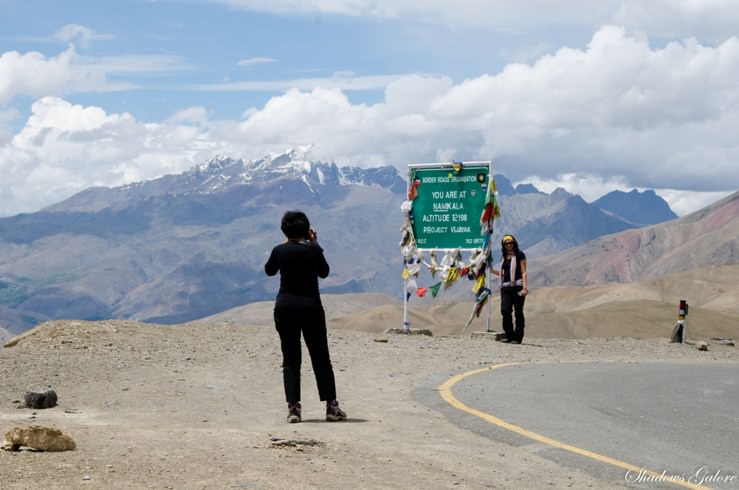
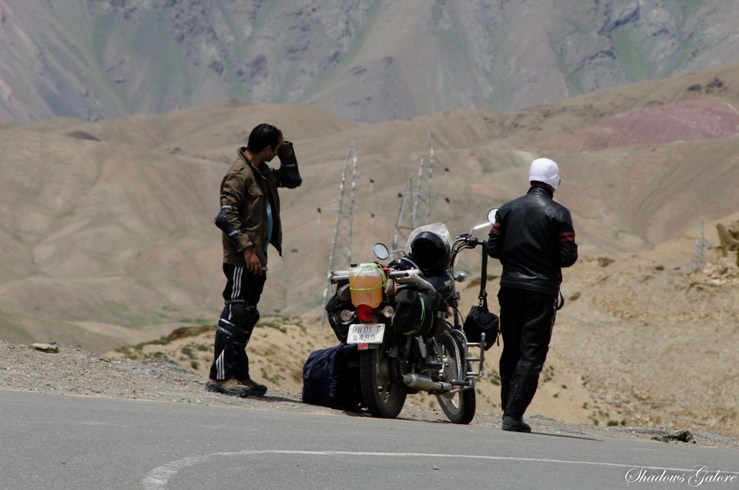
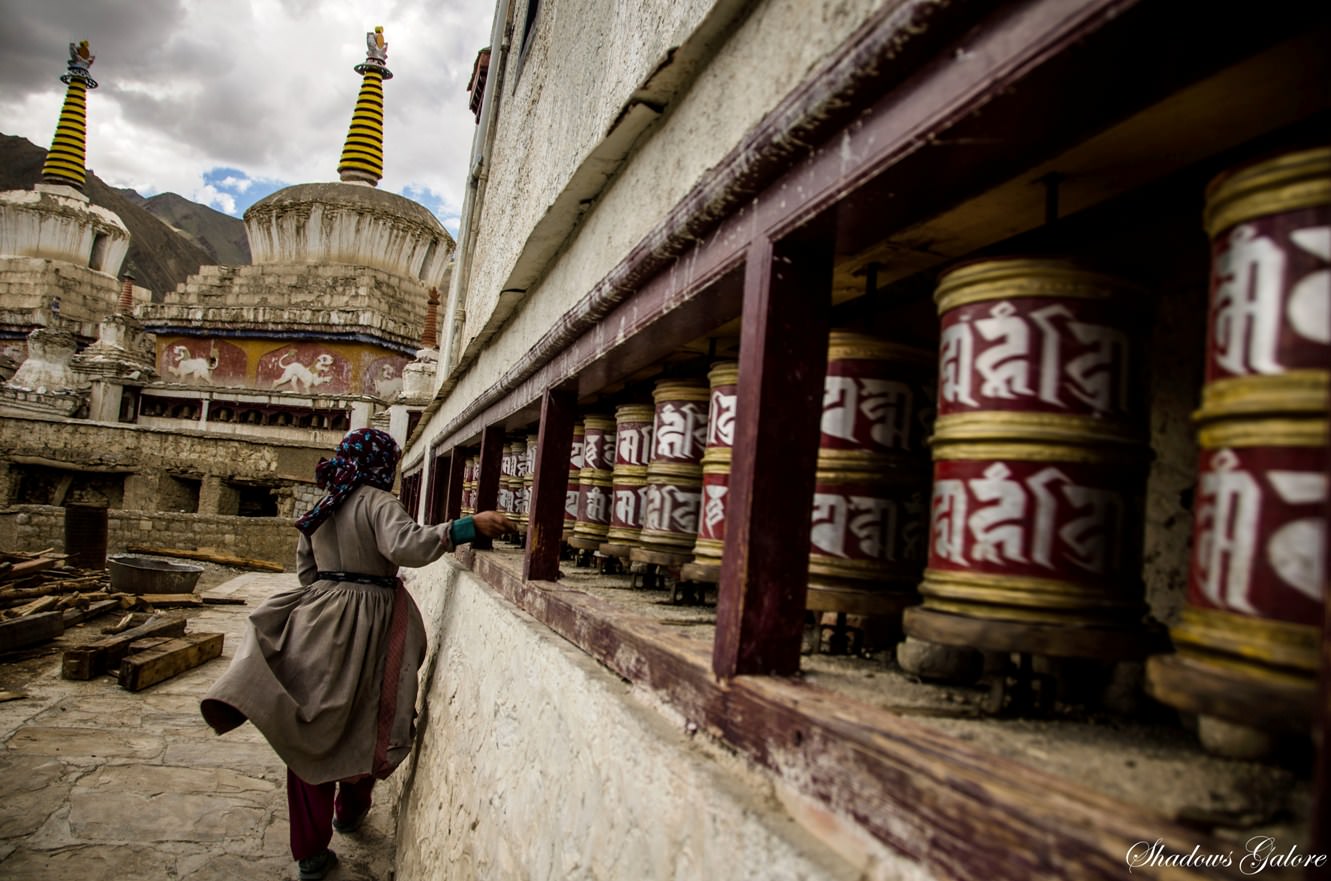
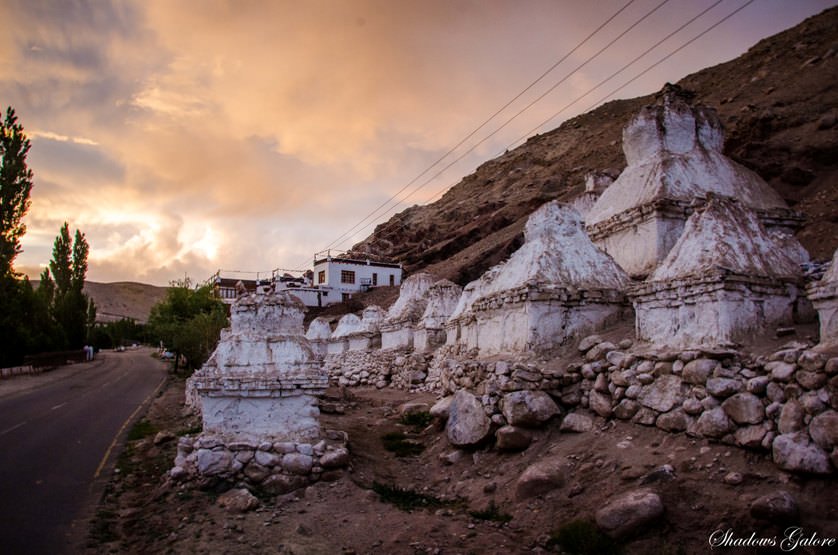
Brilliant Pictures!
Thanks Arun 🙂
Amazing photos, Great post
Thanks Rupam 🙂
Brilliant post! The beautiful and serene places of our nation which is not explored by many is nicely discussed in this post. The splendid clicks along with the detailed description is truly mesmerizing. Thanks for sharing this post with your readers.
Thanks Afreen … more coming soon 🙂